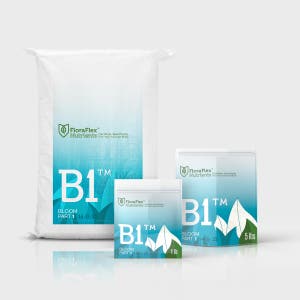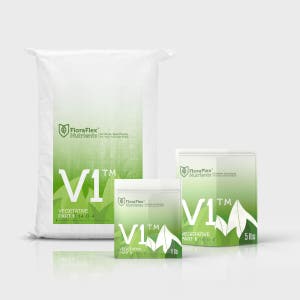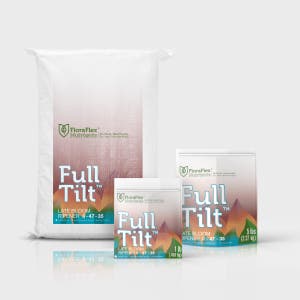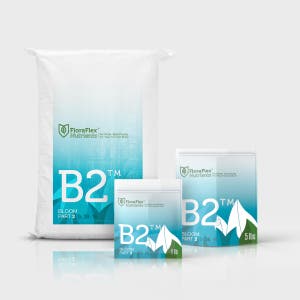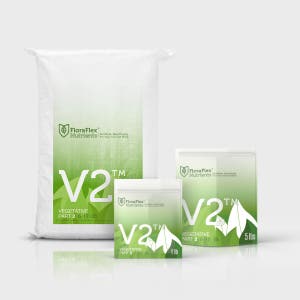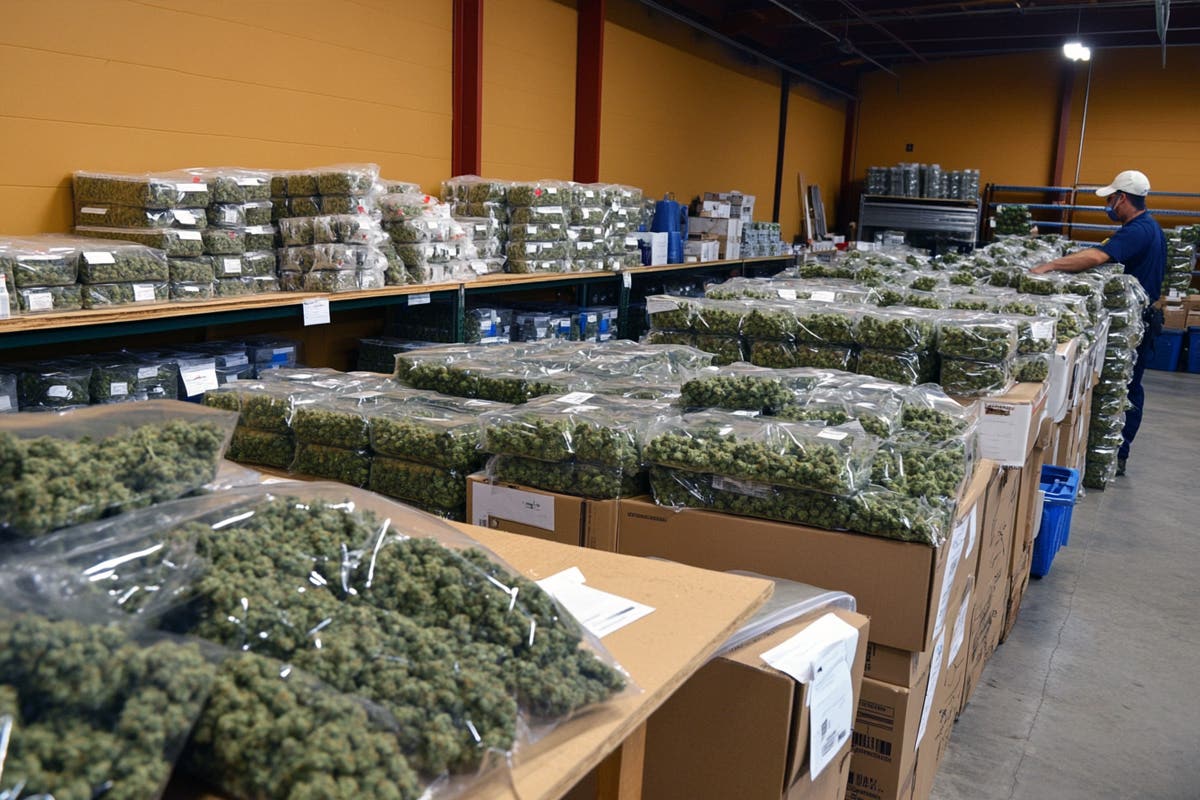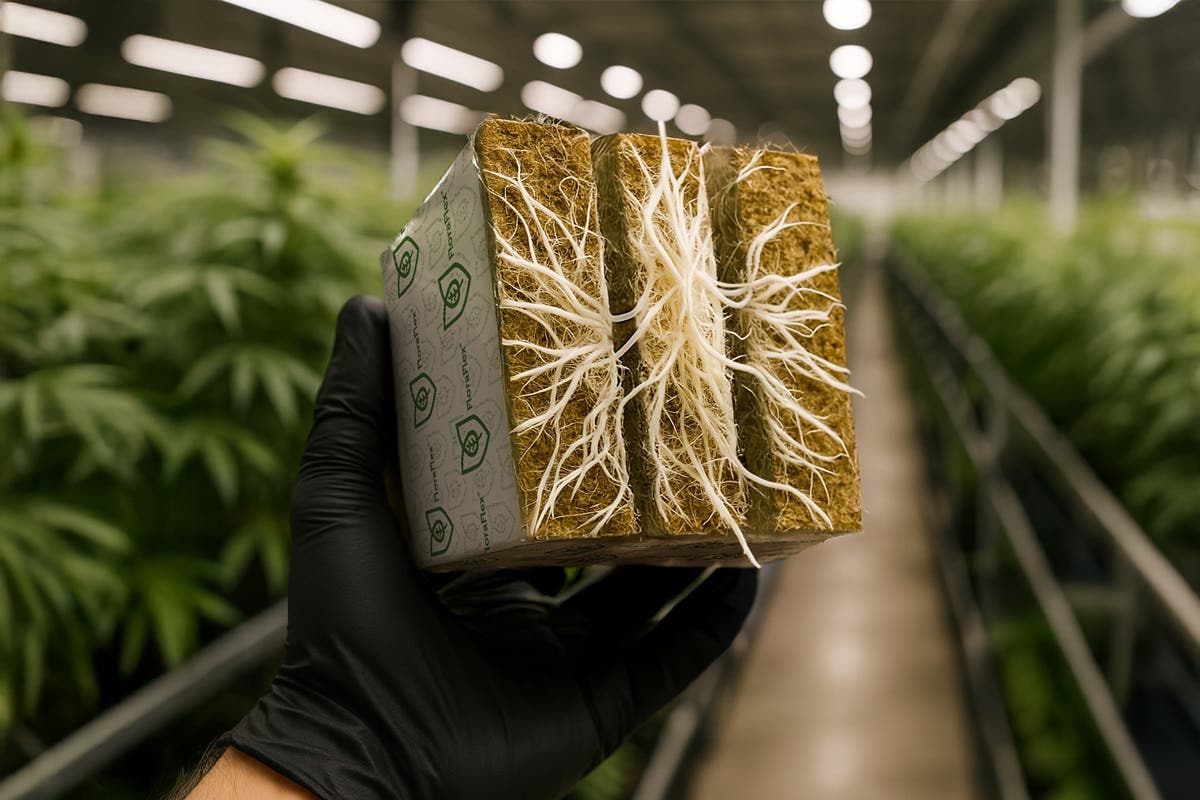Fertilizers are essential tools in agriculture and horticulture, driving plant growth and maximizing yields. However, many growers unknowingly invest in fertilizers that are filled with unnecessary materials, also known as fillers. But what are fertilizer fillers, why do they matter, and how does FloraFlex ensure that its fertilizers remain uncompromised? This guide delves into the truth behind fertilizer fillers and explains why choosing pure, high-quality fertilizers is critical for your crops.
What Are Fertilizer Fillers?
Fillers in fertilizers are non-nutritive materials added to the product. These substances do not contribute to the plant's nutritional needs but are often included for various reasons, such as:
- Reducing Costs: Manufacturers may use fillers to lower production expenses while maintaining the appearance of a larger volume.
- Improving Application: Some fillers make fertilizers easier to spread or apply.
- Maintaining Stability: In certain cases, fillers help stabilize active ingredients or prevent caking.
Common fillers include sand, limestone, clay, and even recycled industrial materials. While fillers may serve some functional purposes, they can dilute the effectiveness of fertilizers and result in growers paying more for less.
“Did you know that many fertilizers contain up to 50% fillers that do nothing for your plants?”
Why Do Fillers Matter?
1. Diluted Nutrient Content
Fillers lower the concentration of essential nutrients like nitrogen (N), phosphorus (P), and potassium (K). This means your plants receive less nutrition per application, potentially compromising their growth and health.
2. Increased Costs Over Time
At first glance, a fertilizer containing fillers might seem cost-effective. However, when you factor in the higher application rates needed to achieve the same results, these products become more expensive in the long run.
3. Environmental Impact
Using fertilizers with fillers can increase runoff, contributing to water pollution. Excessive filler application can also alter soil composition, potentially causing long-term damage to your growing environment.
4. Misleading Labels
Fillers can make it challenging to decipher the true value of a fertilizer. A product labeled as a 20-20-20 fertilizer might not provide the nutrient density you expect if fillers make up a significant portion of the mix.
“Have you ever felt like your fertilizer wasn’t delivering results?"
How to Spot Fillers in Fertilizers
Identifying fertilizers with fillers is crucial for making informed decisions. Here are some tips:
- Check the Guaranteed Analysis: Look at the N-P-K ratio on the label. Low percentages of nutrients often indicate the presence of fillers.
- Inspect the Ingredients: Be wary of fertilizers that list substances like sand, limestone, or clay without a clear explanation.
- Compare Prices: If a fertilizer is significantly cheaper than competitors with similar nutrient ratios, it may be heavily "cut" with fillers.
- Test the Product: Dissolve the fertilizer in water. High-quality fertilizers typically dissolve completely, while fillers may leave residue.
FloraFlex: The Fertilizer Company That Rejects Fillers
At FloraFlex, we believe in transparency and quality. Our fertilizers are designed to deliver maximum nutrient density without compromise. Here's how FloraFlex ensures purity and effectiveness:
1. Pure Formulations
FloraFlex fertilizers contain only essential nutrients and beneficial additives. By eliminating fillers, we ensure every granule or drop of fertilizer contributes directly to plant health.
2. Precision Agriculture
Our products are formulated with precision to meet the exact needs of plants at different growth stages. This approach minimizes waste and maximizes efficiency.
3. Commitment to Sustainability
FloraFlex’s no-filler philosophy reduces environmental impact by minimizing runoff and preserving soil integrity. When you use our products, you’re not just growing healthier plants—you’re cultivating a healthier planet.
4. Transparent Labeling
We’re committed to honesty. Our labels provide clear, detailed information about nutrient content, helping you make confident purchasing decisions.
“Would you pay for juice that’s mostly water? The same applies to your fertilizer.”
Benefits of Using Filler-Free Fertilizers
Choosing fertilizers without fillers offers significant advantages:
- Enhanced Plant Growth: Delivering pure nutrients ensures optimal plant development and higher yields.
- Cost Efficiency: Higher nutrient density means less product is needed per application, saving money over time.
- Better Soil Health: Avoid introducing unnecessary substances that may harm soil structure and fertility.
- Environmental Responsibility: Reduce the risk of nutrient runoff and pollution.
Testimonials: Growers Who Trust FloraFlex
"Switching to FloraFlex was a game-changer for my operation. I saw immediate improvements in plant vigor and saved money by using less product."—Michael R., Commercial Grower
"With FloraFlex, I don’t have to worry about fillers diluting my fertilizers. Every application delivers exactly what my plants need."—Sarah T., Home Gardener
FAQ: Common Questions About Fertilizer Fillers
1. Are fillers ever necessary in fertilizers?
In rare cases, fillers may serve a purpose, such as improving application or preventing caking. However, they often dilute the product's effectiveness.
2. How can I ensure my fertilizer doesn’t contain fillers?
Choose reputable brands like FloraFlex that prioritize purity and transparency. Always read the label and guaranteed analysis.
3. Are liquid fertilizers less likely to contain fillers?
Liquid fertilizers typically contain fewer fillers, but it’s still essential to review the ingredients and nutrient content.
Key Takeaways
Understanding fertilizer fillers is essential for maximizing plant health, minimizing costs, and promoting sustainable practices. By choosing filler-free products like those offered by FloraFlex, you can grow with confidence, knowing that every application is delivering real value.
Explore FloraFlex’s range of pure, high-performance fertilizers today and experience the difference of filler-free cultivation.





